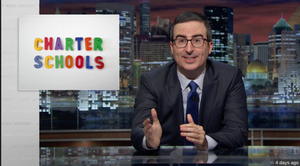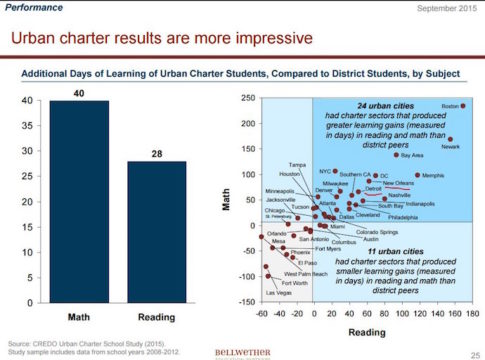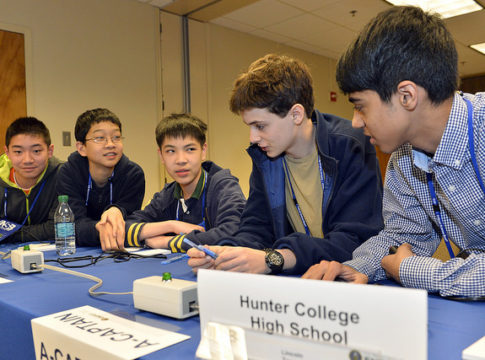Charter schools are controversial. Even as public support for charter schooling has steadily increased over time (according to the 2015 Education Next poll the public supported charters by 47% to 19%), the media is filled with one charged charter debate after another. The disciplinary practices of New York’s heralded Success Academies. A Broad Foundation proposal to radical expand charter schooling in Los Angeles. A bill to return authority over New Orleans charter sector to the local school board. And these are just in the past couple months.

That raises an intriguing question: how fair does the media coverage of these disputes seem to be?The media plays a crucial role in informing the public, refereeing policy deliberations, and explaining what school reforms mean for students and families. If you listen to those involved in the charter debate, both charter critics and advocates express grave concerns about whether the media is getting this right. Critics complain that the press is in the tank for charter schools, while advocates charge that the media underplays good news and seeks out opportunities to depict charter schools as corrupt or ineffective.
To make sense of these claims and counter-claims, two colleagues and I examined a sample of the 2015 charter school coverage from a number of influential media outlets. In a new AEI study, we report those results. The analysis included major national dailies (New York Times, Washington Post), education specific entities (Education Week, Chalkbeat New York), and popular online news sites (Slate, Salon). We also included a sampling of coverage from the newspapers included in the LexisNexis database. In total, we examined 218 articles (73% were news and 27% were opinion pieces). Articles were coded on a scale of 1 to 5, in which 1 was highly unfavorable toward charter schools (a strong, persistently negative characterization), 3 reflected a neutral or generally balanced tone, and 5 was highly favorable toward charters (a strong, persistently positive depiction).
What did we find?

The above figure spells it out. Of those, 49 percent were neutral or balanced, 36 percent were negative. 15 percent were positive. In other words, while the broad sweep of the coverage showed a degree of balance, there was also some evidence of a noticeable anti-charter tilt. A closer look at the individual outlets makes clear that much of that tilt is a product of the news and editorial at specific outlets. For instance, it turned out that Slate and Salon were consistently and harshly negative when it came to charter schooling. Somewhat to our surprise, the New York Times had the most positive opinion pieces and Education Week the most positive news coverage.
The Washington Post was a particularly interesting case, as Valerie Strauss’s “Answer Sheet” accounted for just about half of the paper’s attention to charter schooling. The “Answer Sheet’s” strongly anti-charter tilt meant that coverage at the Post, despite its strong editorial support for charter schooling, proved to be relatively negative on the whole.
One question that arises with some frequency is how media outlets address issues of race in covering charter schools. To address this query, articles were coded to mention race if they referenced words such as “segregation,” “racism,” “racial,” “minority,” “black,” and “Hispanic.” Salon mentioned race in 35% of its coverage and Slate in 29%. About one-fifth of Washington Post, New York Times, and Chalkbeat New York stories mentioned race, while Education Week and stories in LexisNexis did so about one-eighth of the time.
One intriguing question is whether stories that mention race tend to be more or less positive about charter schools than stories that do not. For example, one might hypothesize that stories mentioning race would focus primarily on inequities and slant negative or that they would generally emphasize the success of some charter schools in educating minority students. In fact, the tilt was mixed, and generally reflected the tenor of the outlet in question.
It’s worth keeping in mind that there’s no way to know what the “right” mix of charter coverage should be. If charters are doing terrific things for students, the coverage should tilt positive; if charters are providing lousy schooling, it should tilt negative. So readers can and will interpret the analysis here with an eye to their view of charter performance. It’s also striking how much the tenor of charter coverage varies outlet by outlet—any broad conclusions about pro-charter or anti-charter bias are going to depend on which particular outlets are examined. This suggests the value of taking a look at other influential outlets (Wall Street Journal, USA Today, Los Angeles Times,Politico, and so on)—and of researchers thinking more deeply about what gets covered, and why, and how.
— Frederick Hess





